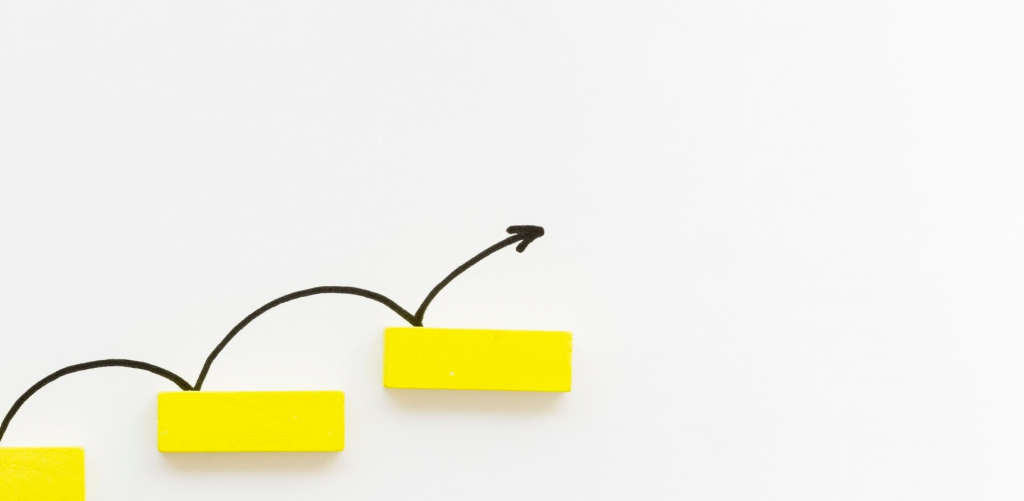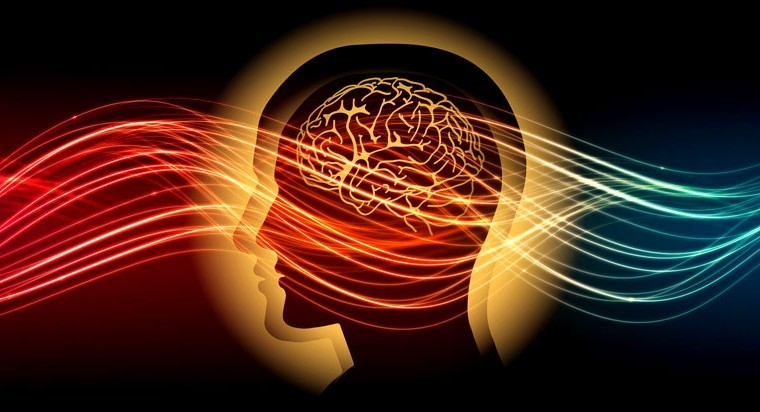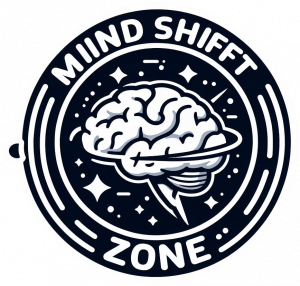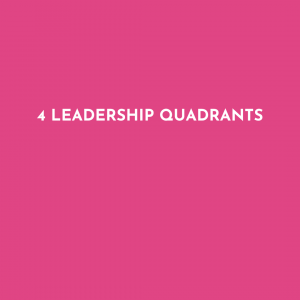Imagine a moment where time seems to stop in a state where your body and mind are perfectly in sync and you’re with a high level of performance and without effort. This state of mind is known as the flow state. We’ll look at the flow state definition and its many benefits and reveal the ways to benefit from this powerful mental state.
What is Flow State?
Flow state, also described as being “in the zone,” is a state of mind in which one is totally involved in an activity that brings about intense focus, complete involvement and enjoyment the process. The concept, popularized by psychologist Mihály Csíkszentmihályi is distinguished by the seamless combination of awareness and action. Imagine a dancer absorbed in the groove, a writer immersed in their writing or an athlete who is at the top of their sport; these are the best instances of what is a flow state in psychology and how it works.
When you are in flow, it is easy to lose your sense of time because you’re immersed in what you’re working on. Your abilities are ideal with the task you face, resulting in an equilibrium that is not too easy or difficult. This is vital in that it helps keep you interested and doesn’t cause stress or boredom. According to Positive Psychology, flow experiences are often accompanied by a loss of self-consciousness and a distorted sense of time.
Benefits of Flow State

Emotional Regulation
Flow state psychology is an effective instrument for regulating your emotions. If you’re in flow your mind is occupied by the work that is in front of you, leaving no space for stress or negative thoughts. The focus on the task can serve as an effective buffer against depression and anxiety. The intense concentration required by flow exercises often results in a euphoric state, which can lead to relaxation and decreasing cortisol levels. These are typically related to tension.
Increased Fulfillment and Happiness
The search for happiness usually appears to be elusive, but the state of flow in psychology could be a direct route to experiencing this emotion. Participating in actions that promote flow can result in greater satisfaction in life. This is because activities that induce flow provide intrinsic satisfaction and bring a sense of satisfaction and a sense of purpose. It doesn’t matter if you’re playing a musical instrument, painting or working on complex problems the satisfaction that comes from these activities can lead to a happier, more fulfilled and enjoyable life. Harvard Business Review has proven that people who feel flow frequently have greater levels of well-being overall.
Boosted Intrinsic Motivation
The intrinsic motivation, which is the drive to perform an action because it is enjoyable rather than because of a tangible consequence, is significantly increased during the flow. When you’re in flow the act itself is an incentive for itself. This motivational factor can result in a long-lasting commitment to jobs and interests, which can lead to an ongoing learning process and personal development. For instance, a child may spend hours working on math problems simply because they love the challenge and satisfaction of finding the solution. This type of motivation is vital to longevity and long-term success.
Enhanced Engagement and Performance
Flow is synonymous with high performance. Artists, athletes, and professionals from a variety of disciplines often get the best performance during a flow. The intense focus and complete focus on the task at hand allow individuals to push themselves beyond their limits and achieve new levels. For instance musicians who are in flow can give a flawless performance and hit each note with aplomb and experiencing the emotion of music profoundly. Verywell Mind shows that flow can improve performance in a variety of areas including sports, academics, as well as art.
Skill Development and Creativity
If you’re in an ebb and flow state the ability to build capabilities and stimulate creativity increases. The intense focus and constant exertion during the flow phase help to develop skills and enable proficiency over time. Additionally, the unrestricted and intense nature of flow can stimulate creative thinking. Writers may discover that words flow easily and artists may be able to see their ideas become vividly realized, scientists could discover new discoveries in the field. This surge of creativity is typically due to the brain’s ability to make connections between seemingly unrelated concepts when flowing.
Characteristics of Flow State
Flow states are characterized by distinct things that help create the deeply enjoyable experience they provide. Understanding these traits will allow you to recognize and encourage flow in your daily actions.
Intrinsic Reward
A key and distinctive feature of flow is the act itself becomes its own reward. In a psychological flow state you’re not driven by external rewards such as money or recognition. Instead, the pure pleasure and satisfaction that comes from the activity drives your passion. It is this intrinsic system of reward that has made flow experience extremely addictive and enticing.
Clear Goals
It is vital to have clear goals in achieving and maintaining an optimum flow. They provide guidance and structure, which helps to direct your efforts and help you stay in the right direction. Whether you’re aiming to complete a challenging puzzle, perform a musical piece flawlessly, or achieve a personal best in a sport, well-defined objectives give you something concrete to strive for.
Focus and Concentration
Flow requires a lot of concentration and focus. When you’re in a state of flow, your focus is completely focused on the task in the moment and there is no room for distractions. This concentration helps you to focus more effectively and efficiently, which often leads to a higher level of productivity and performance.
Personal Control
The feeling of control over the task is a important aspect of flow. You feel confident about your capabilities and trust that you’ll be able to overcome the obstacles given to you. This feeling of control decreases anxiety and improves the overall enjoyment which makes the experience more enjoyable and exciting.
Serenity and Loss of Self-Consciousness
When you are in a state of flow you experience a profound feeling of peace and relaxation, as well as a lack of self-consciousness. The focus shifts away from you and your concerns, and you are able to focus on the task at hand. This allows you to be more effective without the burden of doubt or judgment from outside which results in more authentic and confident execution.
Immediate Feedback
The ability to receive immediate feedback is crucial to maintain flow. This feedback allows you to adjust your actions immediately to keep you focused in the correct track. It doesn’t matter if it’s the correct melody in a song, immediate outcomes of a scientific test, or the instant reaction of an opponent during the game, prompt feedback helps you stay focused on the mission.
Balance Between Skill and Challenge
The perfect balance of your abilities and the challenge you face is crucial to achieving flow. If the job is simple, you’ll soon get bored. If it’s too demanding you might feel stressed. Flow occurs when your abilities are well-matched to the challenge, pushing you to stretch your limits without overwhelming you.
Timelessness
The most intriguing aspect of flowing is a shift in sense of time. When you’re absorbed in your activity it seems that time can pass by at a rapid pace or seem to stand still. The hours can be sped up to the form of minutes or you may be so immersed in your work that you forget about the time completely. This is the hallmark of an authentic flow feeling.
How to Achieve Flow State
Getting into flow isn’t something that’s only for those fortunate enough to be able to achieve it. It’s an attainable practice that can be developed by intention and awareness. If you follow these steps to improve your chances of achieving and maintaining a flow state throughout various tasks.
Setting Clear Goals

The first step to getting your flow in order is to set clearly defined and achievable goals. These goals give you an understanding of direction and a purpose, which allows you to focus your energy effectively. If it’s about completing a task within a specific timeframe or mastering a new skill or hitting a personal goal of a certain amount, clearly defined objectives help to focus your attention and keep you focused through the entire process.
Eliminating Distractions
Distractions can be a major obstacle to flow. To be fully immersed in a project it is essential to create a working environment that is free of interruptions. This may mean finding the perfect space for work or putting off notifications on the devices you use, and establishing specific times to work at a specific time. By removing distractions you can create an environment to be focused and engaged.
Adding an Element of Challenge
Flow thrives in a balanced balance of skill and challenge. To attain this balance it is essential to participate in activities that push your capabilities to the limit of the limits of your current capabilities. This doesn’t mean that you have to tackle an extremely difficult task, but instead choosing activities that are challenging is sufficient to keep you interested and engaged. As you progress, increasing the difficulty as your abilities improve will keep this balance.
Practicing Mindfulness and Meditation
Meditation and mindfulness are potent instruments for cultivating flow. The practices help train your mind to concentrate on the present moment, which increases the ability to concentrate and stay fully focused on the present moment. Regular mindfulness meditation can help reduce mental clutter, improve your awareness, and enhance your ability to flow more easily.
Choosing Enjoyable Pursuits
The two are inextricably linked. To achieve a state of flow more easily, select activities you really appreciate and are meaningful to you. When you’re genuinely passionate about your work the motivation in your heart increases which makes it much easier to immerse yourself in the present and attain flow. Whatever it is, whether it’s a passion project, a creative pursuit or a professional job finding enjoyment to the task is crucial.
Examples of Flow State
Flow state can be observed in many different contexts and each one offers distinct opportunities for maximum engagement and efficiency.
Creative Pursuits

Musicians, writers, artists and other creative types often feel a sense of flow when they’re totally absorbed in their craft. The artist may lose track of time when making a masterpiece, while writers may be immersed in the story they’re creating. The process of creating gives a feeling of fulfillment and happiness, which makes flow a natural result of these activities, claims Psychology Today.
Education and Learning
Teachers and students can enjoy flow throughout the process of learning. If students are assigned tasks that are appropriate and matched to their interests. They can be fully engaged in their studies. In the same way, teachers who are enthusiastic about their subject and who engage in a deep way with their students feel a sense of flow, which can lead to more enjoyable and effective teacher experience.
Sports and Physical Activities
The athletes often enter flow during the intense physical exercise. A runner could experience a smooth rhythm in the long distance race, or a basketball player could have seamless coordination and precision when playing. Sports Psychology Today claims that the mix of physical effort, as well as skill and concentration that is required in sports, make them the perfect ground for flowing experiences.
Workplace Applications
Flow isn’t only restricted to recreational or leisure activities but it can also be achieved at work. Workers who find their jobs stimulating and difficult are more likely enjoy flow, which results in greater productivity and satisfaction at work. Managers can help create a positive environment for flow by setting clear objectives giving immediate feedback and aligning work tasks with employees’ talents and interests.
Flow vs. Hyperfocus
Hyperfocus and flow are often misunderstood as one because of their similarity in intense concentration and complete immersion. But they are two distinct states with distinct aspects and implications for well-being and productivity.
Key Differences
The main difference between hyperfocus and flow lies in their core nature and their impact. Flow is a state of balance in which skills and challenges are well-matched and result in optimal performance and satisfaction. It’s a rewarding experience that leads to personal development and fulfillment. In contrast, hyperfocus, commonly connected with disorders such as ADHD, is a constant concentration on a particular task that is completely absent of all other things, including crucial external signals. While hyperfocus may result in an increase in productivity, it can cause a person to ignore other obligations and wellbeing.
Advantages of Flow Over Hyperfocus
Flow provides a number of advantages over hyperfocus. First, it is intrinsically satisfying and can lead to happiness and fulfillment in the long run. Activities that trigger flow are fun and fulfilling and increase overall satisfaction. Hyperfocus is, however a habitual one and can result in burnout if not properly managed. In addition, it promotes the feeling of personal control and equilibrium, while hyperfocus may cause you to become distracted and forget important work or self-care. Flow experiences are usually associated with positive emotions and higher levels of creativity, making them beneficial to overall wellbeing and efficiency.
Conclusion
The ability to recognize and harness the potential of flow can dramatically improve the quality which you live your daily life, ranging from your personal wellbeing to your professional performance. When you recognize the qualities of flow and apply strategies to attain it, such as establishing clear goals as well as removing distractions and doing mindfulness exercises, you will reap the immense benefits that the state of flow can provide.
Flow is not just a boost to your emotional control and motivation, but it also increases your ability to perform, engagement and creativity throughout a variety of tasks.
Flow is distinct from hyperfocus because of its balance and rewarding nature, which makes it a more durable and productive state. Through cultivating flow, you will be able to unlock new levels of joy happiness, satisfaction, and accomplishment in your everyday life. So, get in to your interests, test yourself allow the flow to carry you to new levels.











